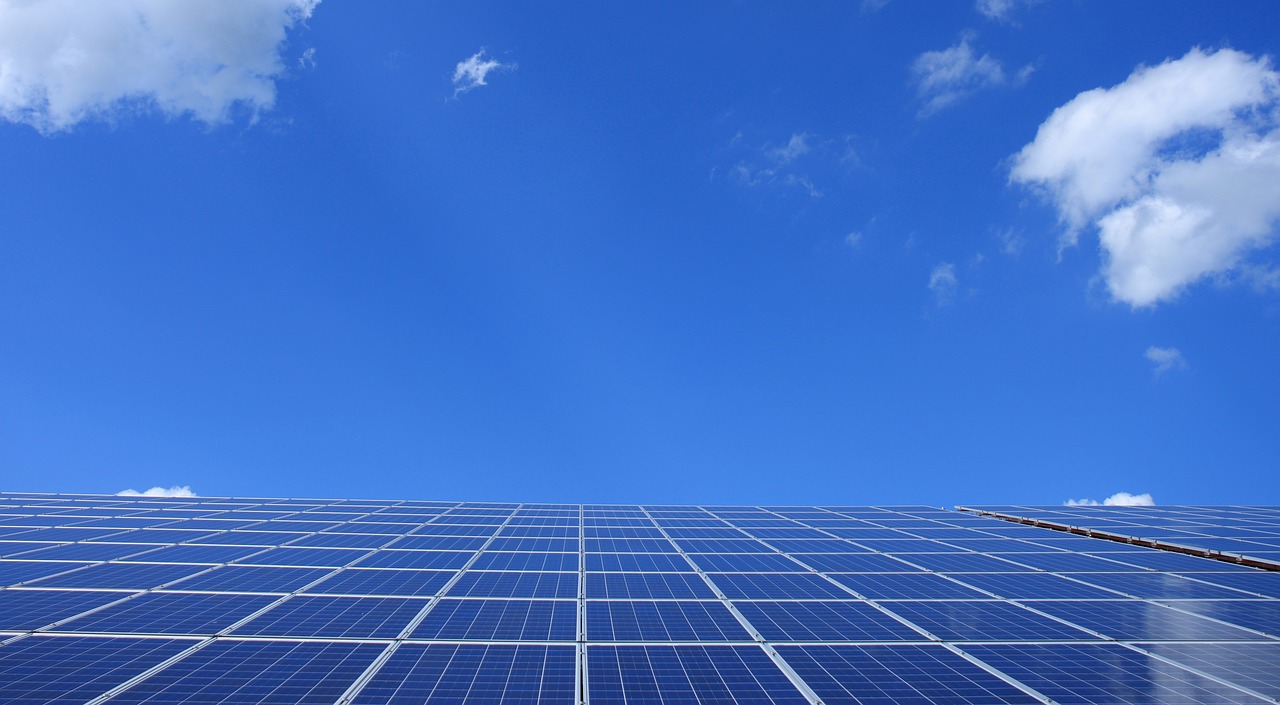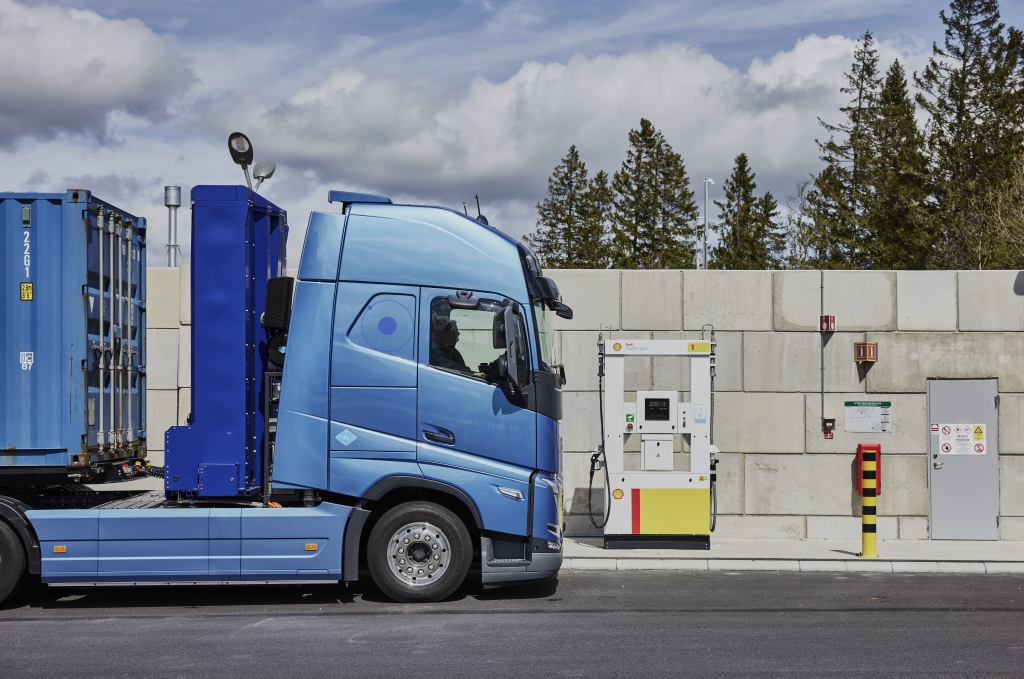Turning Science Fiction into Reality
Imagine a seawall that not only withstands tsunamis but also converts their force into usable energy after a disaster. Once confined to science fiction, this concept is now a tangible proposal from Japanese researchers.
Traditional seawalls, effective against tsunamis, have a key flaw: they rely on external power. During a natural disaster, these power sources often fail, leaving the seawall and nearby areas in darkness.
Globally, approximately two tsunamis annually cause harm, with larger ones occurring about twice a decade. Japan, facing 20% of global tsunamis, grapples with a persistent and unpredictable threat.
Innovative Solutions for Port Protection
To prevent or reduce potential damage, researchers propose deploying substantial barriers submerged in the seafloor around ports. These sizable buoyant gates can swiftly rise from the seabed when a disaster is imminent. However, a crucial challenge arises: how to lower them to reopen a port that may have lost power during the disaster.
Addressing this issue, researchers from the Tokyo Institute of Technology have presented a solution in a recent study. The proposal suggests installing multiple short, movable seawalls per port, leaving approximately one foot (30 cm) of clear space between them.
Within these clear spaces, small microtidal generator turbines will be positioned, capable of producing ample power to operate the winches needed for retracting the seawalls into the seafloor and reopening the port.
This design allows the turbines to generate the necessary power for their own operation. Additionally, during tsunami-free periods, they can produce up to 1,000 kWh of clean energy per tidal shift for local use.
While the concept of self-powered seawalls shows promise, challenges must be addressed before widespread adoption. Prof. Hiroshi Takagi, the team lead on the project, said, “If the technology of the proposed movable tsunami barrier, under the harsh disaster conditions in Japan, can be firmly established through this research, there is no doubt that a day will come when this technology can be exported and deployed overseas as groundbreaking disaster prevention technology.”






